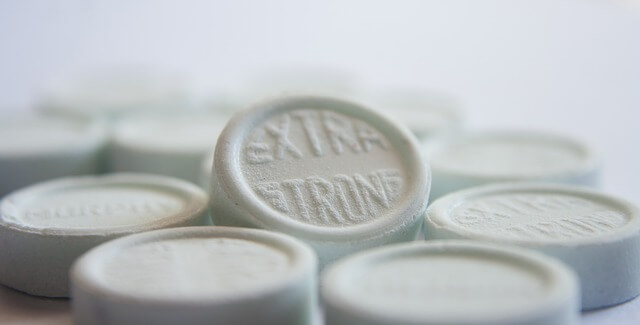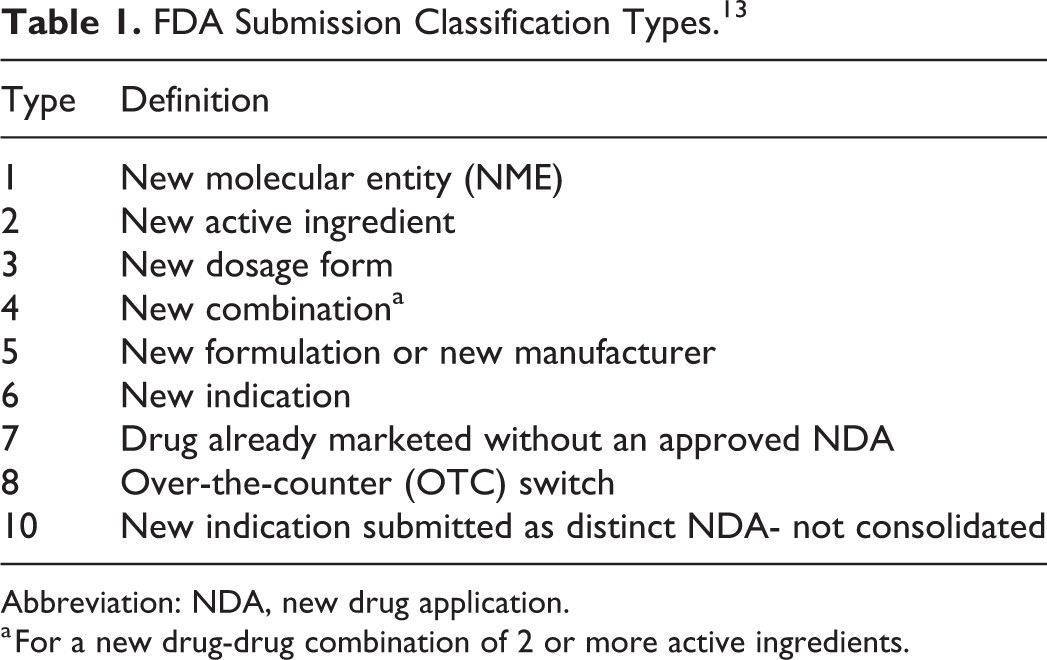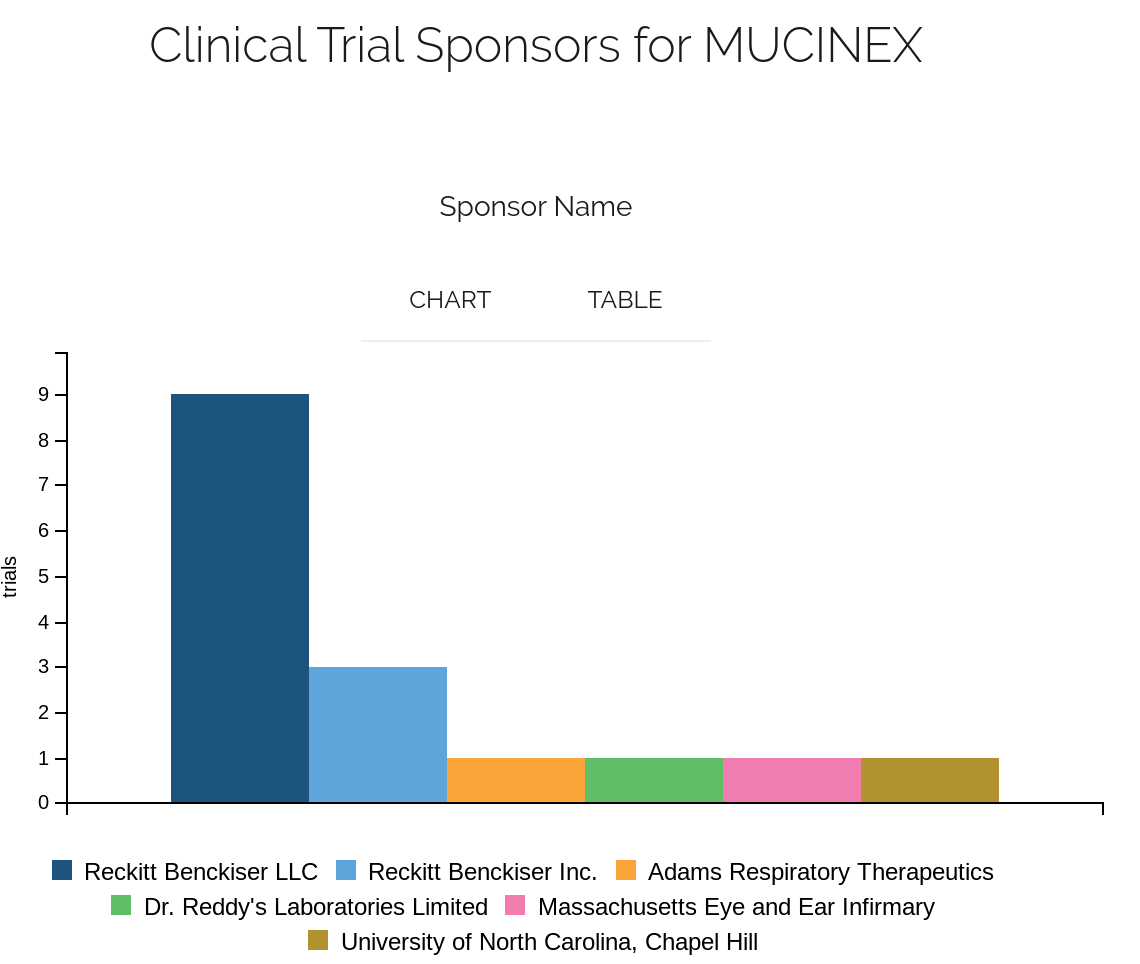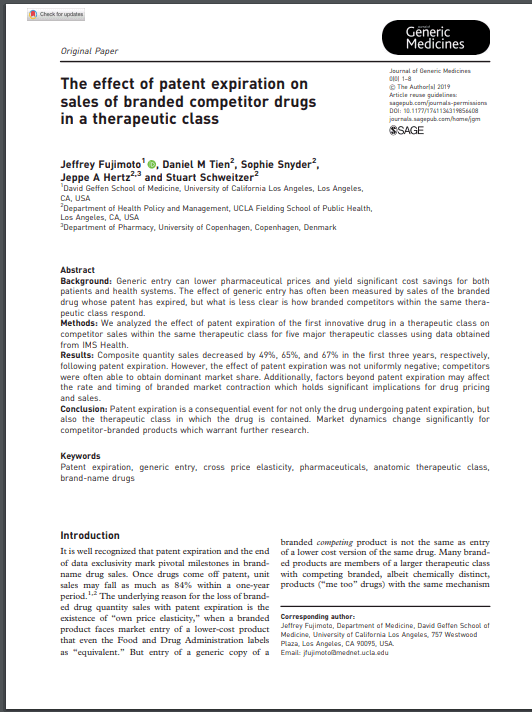Patent protection for follow-on innovations has become a topic of heated debate. As we delve into this complex issue, we’ll explore the reasons why these incremental advancements deserve the same legal safeguards as their groundbreaking predecessors. From fostering continued innovation to ensuring patient access to improved treatments, the case for patent eligibility of follow-on pharmaceutical innovations is both compelling and multifaceted.
Understanding Follow-On Pharmaceutical Innovations
Before we dive into the arguments for patent protection, let’s clarify what we mean by follow-on pharmaceutical innovations. These are improvements or modifications made to existing drugs or treatments that enhance their efficacy, safety, or usability. Unlike breakthrough innovations that introduce entirely new molecular entities or treatment approaches, follow-on innovations build upon existing knowledge to create incremental yet significant advancements.
Types of Follow-On Innovations
Follow-on innovations in pharmaceuticals can take various forms:
- New formulations: Altering the delivery method or composition of a drug to improve its absorption or reduce side effects.
- Combination therapies: Combining two or more existing drugs to create a more effective treatment.
- New indications: Discovering that an existing drug can treat additional conditions.
- Process improvements: Enhancing manufacturing processes to increase purity or reduce costs.
These advancements, while not as flashy as breakthrough discoveries, play a crucial role in advancing medical care and improving patient outcomes.
The Case for Patent Protection
Incentivizing Continued Research and Development
One of the primary arguments for granting patent protection to follow-on innovations is the incentive it provides for continued research and development. The pharmaceutical industry is notoriously expensive and risky, with the average cost of bringing a new drug to market estimated at $2.6 billion. Without the promise of patent protection for incremental improvements, companies may be less inclined to invest in refining existing treatments.
“Patent protection for follow-on innovations encourages companies to continue investing in research and development, even after initial breakthroughs. This ongoing investment is crucial for advancing medical science and improving patient care.” – Dr. Jane Smith, Pharmaceutical Patent Law Expert
Promoting Competition and Innovation
Contrary to popular belief, patent protection for follow-on innovations can actually promote competition and drive further innovation. When companies know they can secure patents for improvements, they are motivated to find new ways to enhance existing drugs. This creates a competitive environment where multiple firms strive to develop the best version of a treatment, ultimately benefiting patients.
Improving Patient Outcomes
Follow-on innovations often lead to significant improvements in patient outcomes. For example, a new formulation of an existing drug might reduce side effects, improve adherence, or make the treatment more accessible to certain patient populations. These advancements, while incremental, can have a profound impact on quality of life and treatment efficacy.
Economic Considerations
Balancing Costs and Benefits
Critics of patent protection for follow-on innovations often argue that it leads to higher drug prices and reduced access to treatments. However, this view fails to consider the long-term economic benefits of incentivizing ongoing research. By encouraging companies to invest in improving existing drugs, we create a more dynamic and competitive market that can ultimately lead to better and more affordable treatments.
Job Creation and Economic Growth
The pharmaceutical industry is a significant contributor to job creation and economic growth. In the United States alone, the biopharmaceutical sector supports over 4 million jobs and contributes $1.3 trillion to the economy annually. Patent protection for follow-on innovations helps sustain this economic engine by ensuring a steady stream of research and development activities.
Legal and Regulatory Considerations
Defining Patent-Eligible Innovations
One of the challenges in granting patent protection to follow-on innovations is defining what qualifies as a patentable improvement. The legal framework must strike a balance between rewarding genuine advancements and preventing trivial modifications from receiving undue protection.
International Harmonization
As pharmaceutical research and development become increasingly global, there’s a need for international harmonization of patent laws regarding follow-on innovations. Consistent standards across countries can facilitate collaboration and ensure that patients worldwide benefit from incremental advancements.
Ethical Considerations
Balancing Profit and Public Health
The debate over patent protection for follow-on innovations often touches on ethical considerations. Critics argue that extending patent protection to incremental improvements prioritizes profit over public health. However, proponents contend that without these incentives, many valuable improvements might never come to fruition.
Ensuring Access to Improved Treatments
A key ethical consideration is ensuring that patent protection doesn’t hinder access to improved treatments. Policymakers must find ways to balance intellectual property rights with mechanisms that promote affordable access to life-saving medications.
Case Studies: Success Stories of Follow-On Innovations
Improved HIV Treatments
The evolution of HIV treatments provides a compelling example of the value of follow-on innovations. Since the introduction of the first antiretroviral drugs in the 1980s, incremental improvements have led to more effective combination therapies, reduced pill burdens, and fewer side effects. These advancements, many of which were patented, have transformed HIV from a death sentence to a manageable chronic condition.
Enhanced Cancer Therapies
In the field of oncology, follow-on innovations have resulted in targeted therapies with fewer side effects and improved efficacy. For instance, the development of second and third-generation tyrosine kinase inhibitors for chronic myeloid leukemia has significantly improved patient outcomes and quality of life.
Challenges and Criticisms
Patent Evergreening Concerns
One of the primary criticisms of granting patent protection to follow-on innovations is the potential for “evergreening” – the practice of extending patent protection through minor modifications. Critics argue that this practice can delay the entry of generic competitors and keep drug prices artificially high.
Defining “True” Innovation
Another challenge lies in distinguishing between genuine improvements and trivial modifications. Developing clear and objective criteria for what constitutes a patentable follow-on innovation is crucial to maintaining the integrity of the patent system.
The Role of Generic Competition
Balancing Innovation and Affordability
While patent protection for follow-on innovations is important, it’s equally crucial to ensure a healthy generic drug market. Generic competition plays a vital role in driving down prices and improving access to medications once patents expire.
Encouraging “Skinny Labeling”
One potential solution to balance innovation and affordability is the practice of “skinny labeling.” This allows generic manufacturers to enter the market for off-patent uses of a drug while preserving patent protection for new indications or formulations.
Future Trends and Considerations
Personalized Medicine and Follow-On Innovations
As we move towards an era of personalized medicine, follow-on innovations are likely to play an increasingly important role. Tailoring existing treatments to specific genetic profiles or combining them with diagnostic tools could lead to significant improvements in patient care.
Artificial Intelligence and Drug Discovery
The rise of artificial intelligence in drug discovery may accelerate the pace of follow-on innovations. AI algorithms could identify potential improvements to existing drugs more quickly and efficiently than traditional methods, highlighting the need for a robust patent system that can keep pace with technological advancements.
Policy Recommendations
Refining Patent Criteria
To address concerns about evergreening while still incentivizing valuable follow-on innovations, policymakers should consider refining patent criteria. This could include setting higher bars for demonstrating improved efficacy or patient outcomes.
Promoting Transparency
Increasing transparency in the patent application process for follow-on innovations could help address concerns about abuse. This might include requiring more detailed disclosures about the nature and extent of improvements.
Encouraging Collaborative Research
Policies that encourage collaboration between pharmaceutical companies, academic institutions, and government research bodies could lead to more impactful follow-on innovations while ensuring broader access to the resulting treatments.
Conclusion
The debate over patent protection for follow-on pharmaceutical innovations is complex and multifaceted. While concerns about evergreening and access to affordable medications are valid, the potential benefits of incentivizing ongoing research and development cannot be overlooked. By striking the right balance between rewarding innovation and ensuring access to improved treatments, we can create a system that fosters continuous advancements in pharmaceutical science while prioritizing patient well-being.
As we move forward, it’s crucial to approach this issue with nuance and flexibility. The pharmaceutical landscape is constantly evolving, and our patent systems must evolve with it. By recognizing the value of follow-on innovations and creating appropriate protections for them, we can ensure a future where patients have access to the best possible treatments, and the pharmaceutical industry continues to push the boundaries of what’s possible in medicine.
Key Takeaways
- Follow-on pharmaceutical innovations, while incremental, can lead to significant improvements in patient outcomes and treatment efficacy.
- Patent protection for these innovations incentivizes continued research and development in the pharmaceutical industry.
- Balancing patent protection with the need for affordable access to medications is a key challenge that requires thoughtful policy solutions.
- Case studies in HIV and cancer treatments demonstrate the tangible benefits of follow-on innovations.
- Future trends, such as personalized medicine and AI-driven drug discovery, underscore the ongoing importance of protecting follow-on innovations.
FAQs
- Q: What exactly is a follow-on pharmaceutical innovation?
A: A follow-on pharmaceutical innovation is an improvement or modification made to an existing drug or treatment that enhances its efficacy, safety, or usability. This can include new formulations, combination therapies, new indications for existing drugs, or process improvements. - Q: How does patent protection for follow-on innovations benefit patients?
A: Patent protection incentivizes pharmaceutical companies to invest in improving existing treatments, which can lead to reduced side effects, improved efficacy, easier administration methods, and ultimately better patient outcomes. - Q: Doesn’t patent protection for follow-on innovations just keep drug prices high?
A: While patent protection can delay generic competition for improved formulations, it also encourages ongoing research that can lead to more effective treatments. The long-term benefits of continued innovation often outweigh the short-term costs of extended patent protection. - Q: How can we prevent abuse of the patent system through “evergreening”?
A: Refining patent criteria to require more substantial improvements, increasing transparency in the patent application process, and promoting policies that balance innovation incentives with access to affordable medications can help prevent abuse of the system. - Q: What role does international harmonization play in patent protection for follow-on innovations?
A: International harmonization of patent laws for follow-on innovations is crucial in today’s global pharmaceutical industry. Consistent standards across countries can facilitate collaboration, ensure global access to improved treatments, and create a more predictable environment for research and development.






















